The Ultimate Guide to Omnichannel Analytics
In this comprehensive guide you'll learn about omnichannel analytics and how to use it to offer personalized customer experience across the user journey.
Updated November 6, 2024
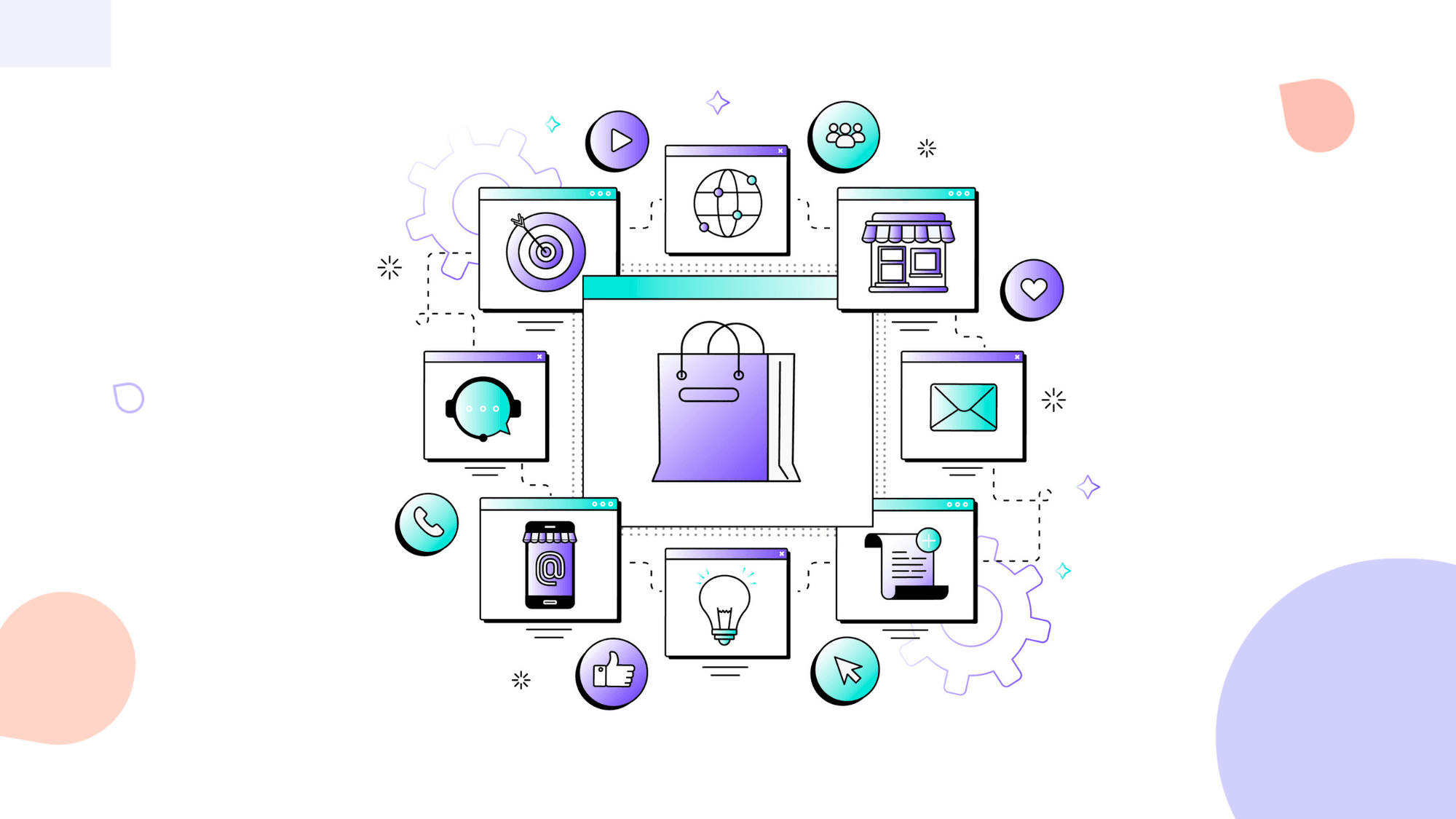
Gone are the olden days of Yellow Pages when customers would call a phone number and purchase something in-store. Today's customers use multiple channels and touchpoints to learn about and shop for products.
The idea of the "customer journey" has been with us for well over 100 years but real omnichannel marketing has absolutely exploded since the birth of the smartphone, 5-10 years ago.
Today's leading brands need to have advanced analytics across channels to gather customer data and be able to market to and service their customers better.
In this ultimate guide to omnichannel analytics, we break down the benefits, use cases, and how to get started with analyzing your data the right way.
Let's dive in.
What is Omnichannel Analytics?
Omnichannel analytics is the practice of gathering all of your data, from across the many channels you use, to create a holistic picture of your marketing performance, improve the user experience, and optimize business processes.
A study by Google showed that 80% of customers use both online and offline channels to shop for products and make purchases. And the challenge for businesses becomes attributing each purchase to the right channel and analyzing which marketing actions contributed to it.
The attribution challenge becomes even more impacted by the iOS 14.5 changes that significantly limited data tracking for apple users. The way to mitigate that is to look at the entire customer journey, import all your data sources into one dashboard and try to extract actionable insights from specific customer segments.
So what benefits does this type of analytics provide?
Let's look at that.
Benefits of omnichannel analytics
Better insight into customer behavior
Omnichannel analytic platforms provide a 360-degree view of your customers. They help you understand what they want and why they come to your site.
This is unlike traditional analytics tools, which only give you a snapshot of a single metric - like bounce rate or average session duration.
With omnichannel analytics, you can examine all sorts of interactions between your users and your website, including:
- Email opens
- Pageviews
- Bounces
- Time spent on site
- Referrals
- Events
- Search queries
- Social shares
- Product reviews
These interactions can tell you a lot about your audience and their interests and help you gain a better view of your customers and prospects across channels, devices, and time of day.
Predictive analytics
You can use all of this omnichannel data to predict what your customer base is going to do, and how they are going to interact with your channels and promotions.
Turns out that only 23% of eCommerce companies use predictive analytics today and 26% don’t even plan to use it. And that’s a shame because brands can use predictive analytics to better understand the impact of each channel on customer behavior and conversion.
This is vital data that can help guide your marketing and communication strategies. It will help you come up with the key marketing metrics across channels and better decide on where to put the priority. It will also help your team make informed decisions about product development and investments with detailed insights into user preferences and behaviors.
Improved engagement
Omnichannel analytics allows you to measure and respond to user behavior across channels.
So instead of simply sending out promotional messages, you can try to engage your customers by offering personalized recommendations based on information they've provided. For instance, you might show them products that fit their needs better than others. Or maybe you can send a message encouraging them to leave a review after they purchase your product.
Omnichannel analysis also lets you identify trends so you can quickly spot opportunities to drive more revenue.
To take advantage of these benefits, you'll need to integrate your data sources and work with your team to get everything working together. But once you do, you'll be able to gain deeper insights into your customer journey and be able to improve the engagement rates on multiple channels.
Improved personalization
Since customers use a variety of channels to interact with brands, it's really challenging for marketing teams to provide a personalized customer experience on each channel.
The first step to do that is to measure interactions with customers in one centralized omnichannel dashboard and then determine the types of personalization that customers react to the most.
It takes a lot of analytical skills and A/B testing to come up with the right messaging to create that personalized experience but it's well worth it. Omnichannel marketing done right boosts retention by 90%.
More leads & better performance
Analytics doesn't just improve response rates, it also increases conversion rates. By using data to learn about your audience, you can direct additional resources toward generating high-quality leads.
You can also generate reports to help you quantify results. So rather than guessing at ROI, you'll be able to calculate how much money each channel contributed to your bottom line. It can even help you decide whether or not to invest in certain channels.
The more data you have the better you get at driving successful outcomes for your marketing campaigns. Better analytics allows you to:
- Get more relevant content to drive customer engagement and sales
- Improve marketing campaigns by measuring response rates, lead generation, and conversions
- Optimize website performance by quickly identifying key issues that can be fixed
Improved inventory management
Omnichannel analytics has a great impact on the retail industry, particularly when it comes to inventory management.
Accurate data management is crucial for managing inventory and having an accurate view of what your customers are buying. If you don't know your inventory turnover ratio then you won't know how often you need to restock.
This is especially crucial when you're doing omnichannel retailing or selling products across multiple marketplaces (like Amazon marketplace, Walmart, eBay, etc).
Omnichannel analytics gives you a clear picture of your inventory by tracking every transaction in real-time. You can see exactly which items sold best during past promotions, what items were popular among new customers, and what items were least likely to be purchased.
Here is an example of product segments you can create with the omnichannel analytics tool called Glew.
This data can help you make smarter decisions about your stock levels and inventory planning and improve your omnichannel marketing efforts.
Improved customer satisfaction
Customer service is absolutely key to any business and it's even more critical when customers use so many different channels to communicate with brands.
Tools like Dixa allow you to follow up with customers on multiple channels (social media platforms, WhatsApp, text, email, and phone) so you can make sure that each customer gets the same customer service and nothing falls through the cracks.
The end result? Better communication and happier customers.
Getting started with omnichannel analytics
1) Choose a customer data platform
The first step in setting up omnichannel analytics involves choosing a platform. And there's a big choice! Depending on your budget and goals, you may choose from multiple vendors. Here are some things to consider before picking one.
- What type of technology does the platform use? Some analytics solutions require you to access the data through a web browser. Others are designed to process large amounts of data in real-time (and then cache it). If this is important to you, it could affect which platforms make sense for your company.
- Do you want to handle offline activity such as location tracking? Because most systems have limitations around offline events, sometimes this requires special extensions or custom programming.
2) Integrate Your Data Sources
Once you've chosen a system, you'll next need to connect all your data streams to it. Many solutions offer integrations with major third-party services including Google Analytics, various social channels, Facebook ads, and Twitter.
In addition, many companies leverage data from online stores, retail partners, and social media sites, making it easy to create unified views across multiple channels.
Pro tip: want help with your Google Analytics setup? Need to create better reports? Check out our list of the top Google Analytics consultants.
3) Customize Your Dashboards
Once you're connected, you should see a number of dashboards automatically appear in your account. These allow you to view metrics by individual channel, demographics, or segmentation. You can also customize views based on your needs.
This can mean anything from comparing trends between two groups to seeing the impact a particular ad has had. It can also include comparisons among various products within the same category.
4) Measure Impact
Analysts usually start with three key sets of metrics: user engagement, attribution, and revenue. Once you're comfortable with measuring these categories, you'll be ready to take things further. For example, you might look at lead quality or conversion rates.
5) Analyze Business Performance
From sales numbers to eCommerce metrics, omnichannel analytics will enable you to drill down into every aspect of your business. With this information, you can optimize marketing efforts, identify opportunities for growth, and find new ways to win.
Omnichannel analytics is great for businesses looking to better understand their audiences, track competitor pricing, and tailor their offers accordingly. You can use the insights to develop better strategies that drive profitability, grow your loyal fans, and stay ahead of the competition.
Key takeaways
Brands need to get really good at data analytics to capture and optimize customer experiences across multiple platforms. Omnichannel analytics solutions can help brands predict customer behavior, improve key metrics, optimize their marketing strategy and provide a personalized experience across every channel.
If you'd like help implementing omnichannel analytics into your organization, connect with one of our expert omnichannel marketers today.
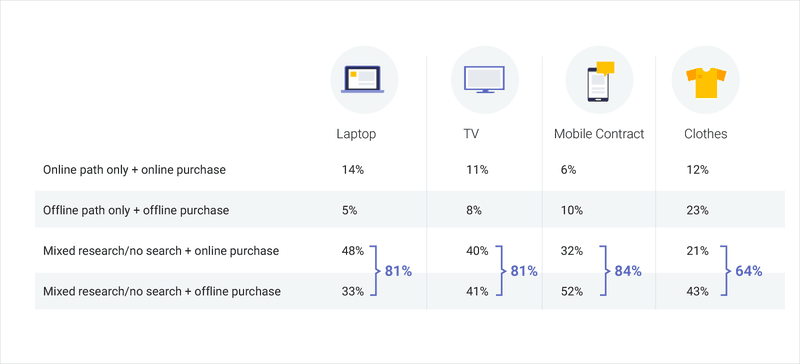
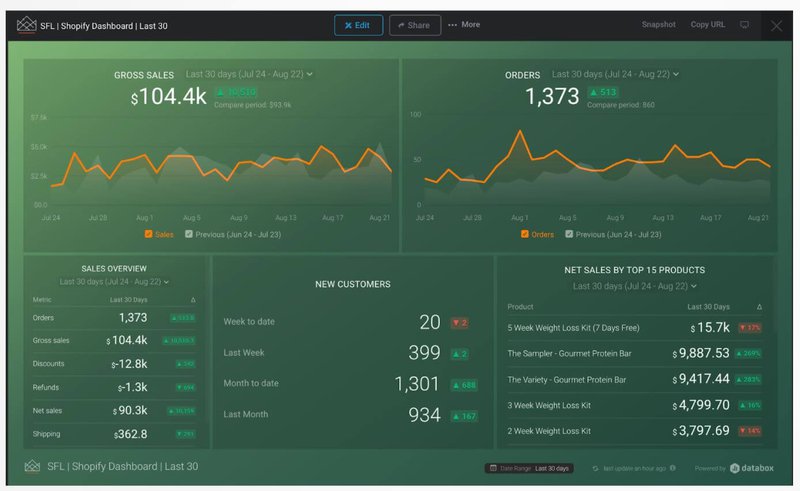
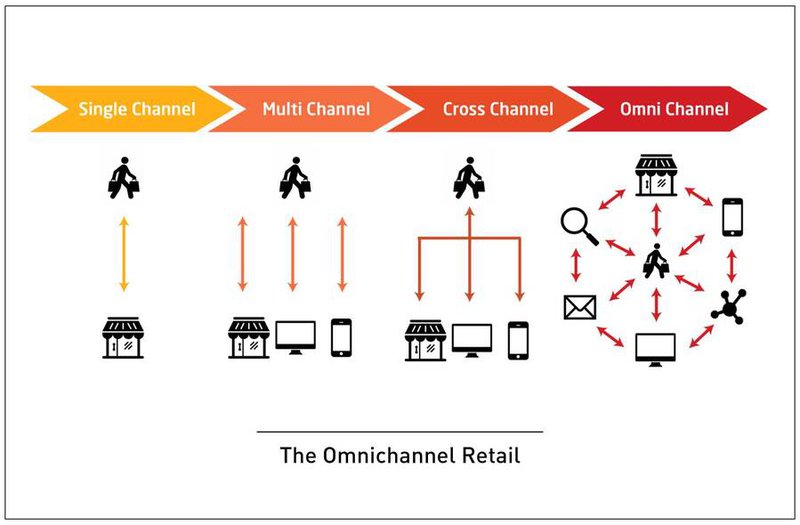
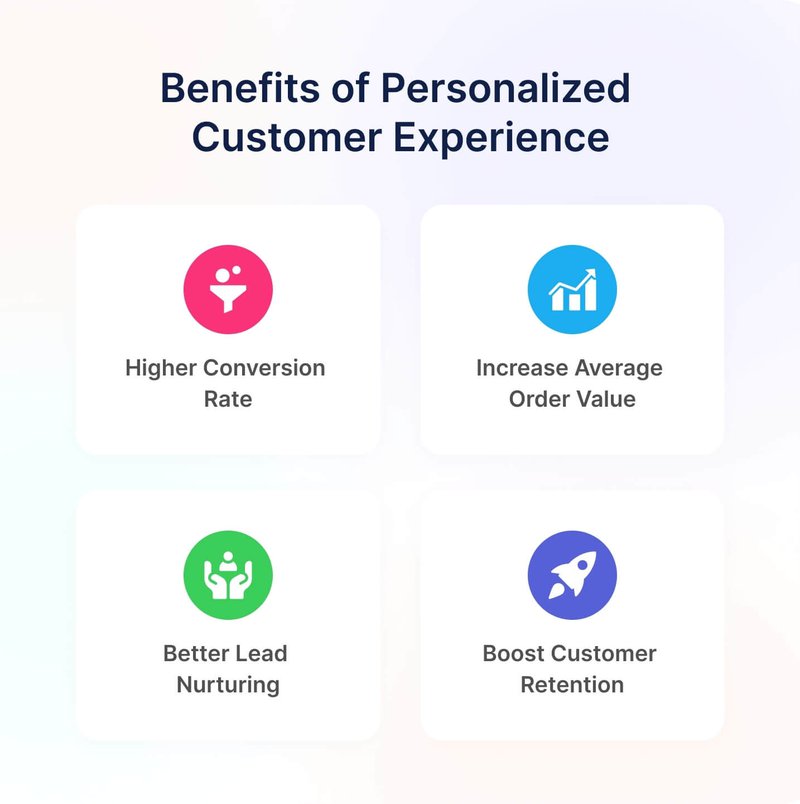
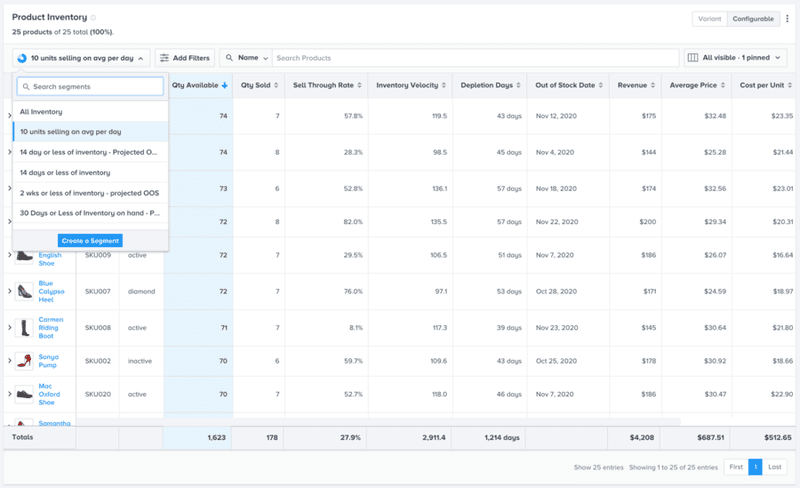

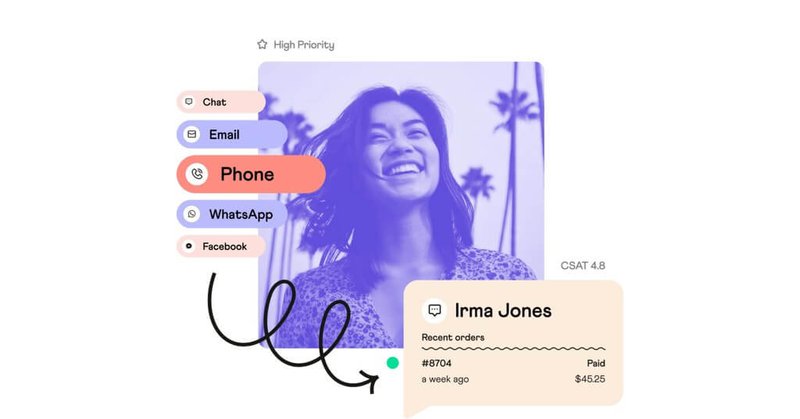
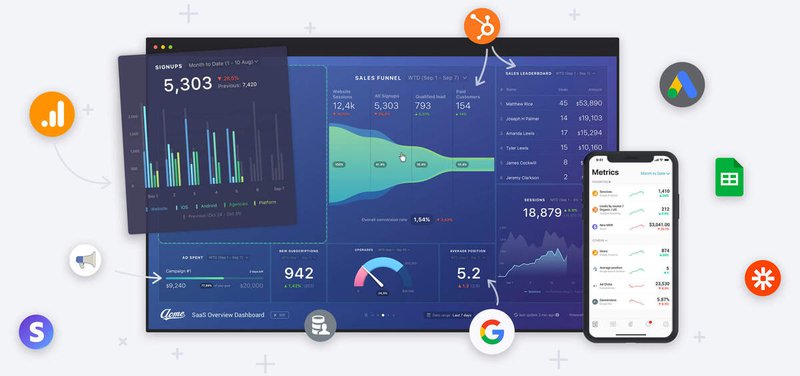
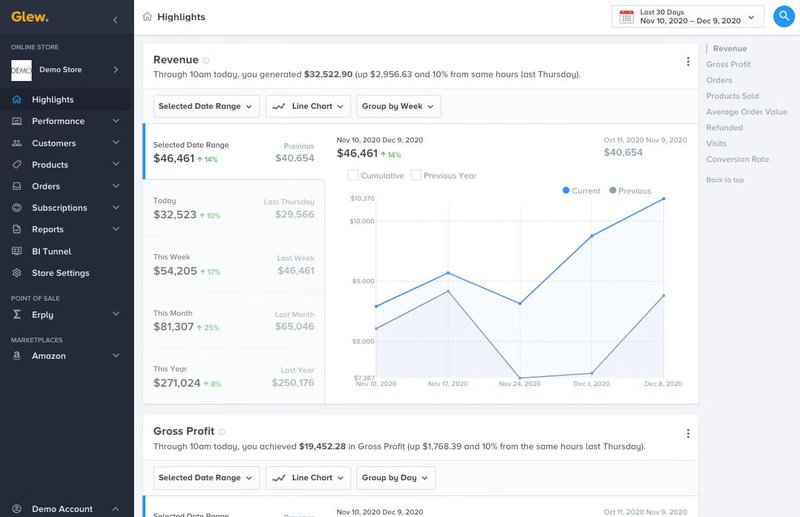



![[Interview] Neal Schaffer on How to Build Relationships with eCommerce Influencers](https://entail.mayple.com/en-assets/mayple/fit-in/280x280/6194d6b0ff9b9cf0daf35978_1201117809151689Mayple1920x1080MAR1_02_8817e554b079ec2ed8ac2e7bb0743c8c_2000-1699776049691.png)
![[Interview] Shama Hyder on the Biggest Mistakes eCommerce Brands Make with PR](https://entail.mayple.com/en-assets/mayple/fit-in/280x280/61b21c7aa9ad4a8e9cb6a3a8_shamahyderinterviewmayple_1d59e4bf94d80a4f530b57f6f9bd5842_2000-1699776086626.png)